How Thailand’s Maya Bay is balancing tourism with sustainability: Phi Phi Islands’ tropical paradise, made famous by Leonardo DiCaprio’s The Beach, has reduced visitors – and sea life is bouncing back
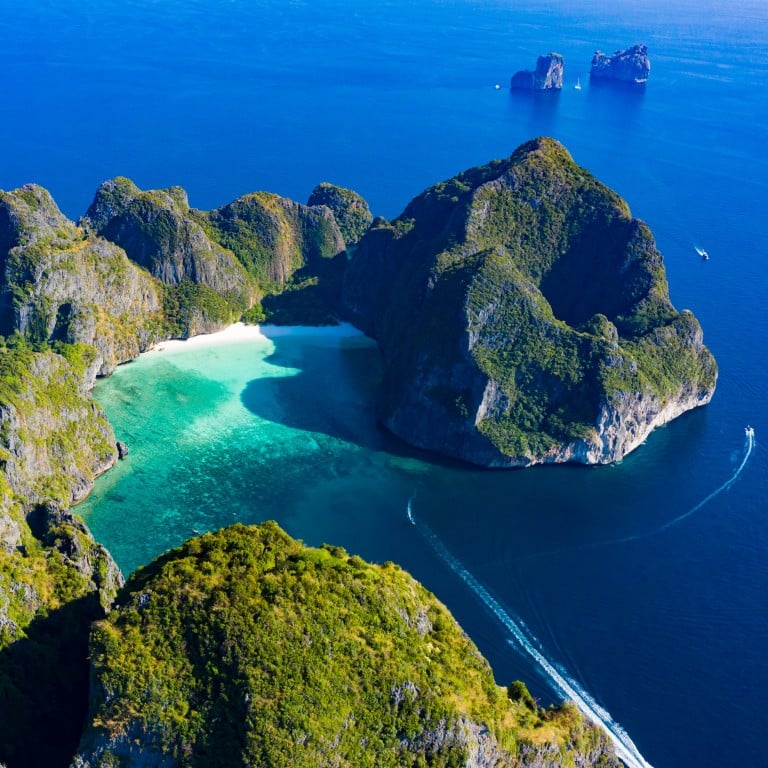
- Made famous by Y2K movie The Beach starring Leonardo DiCaprio, Thailand’s Maya Bay once saw thousands of visitors per day – with devastating effects on the local coral reef and marine ecosystem
- The beach closed in 2018 and then Covid-19 hit, allowing the environment to recover – the Marine Discovery Center nestled within a luxury resort in the area is educating visitors about the area too
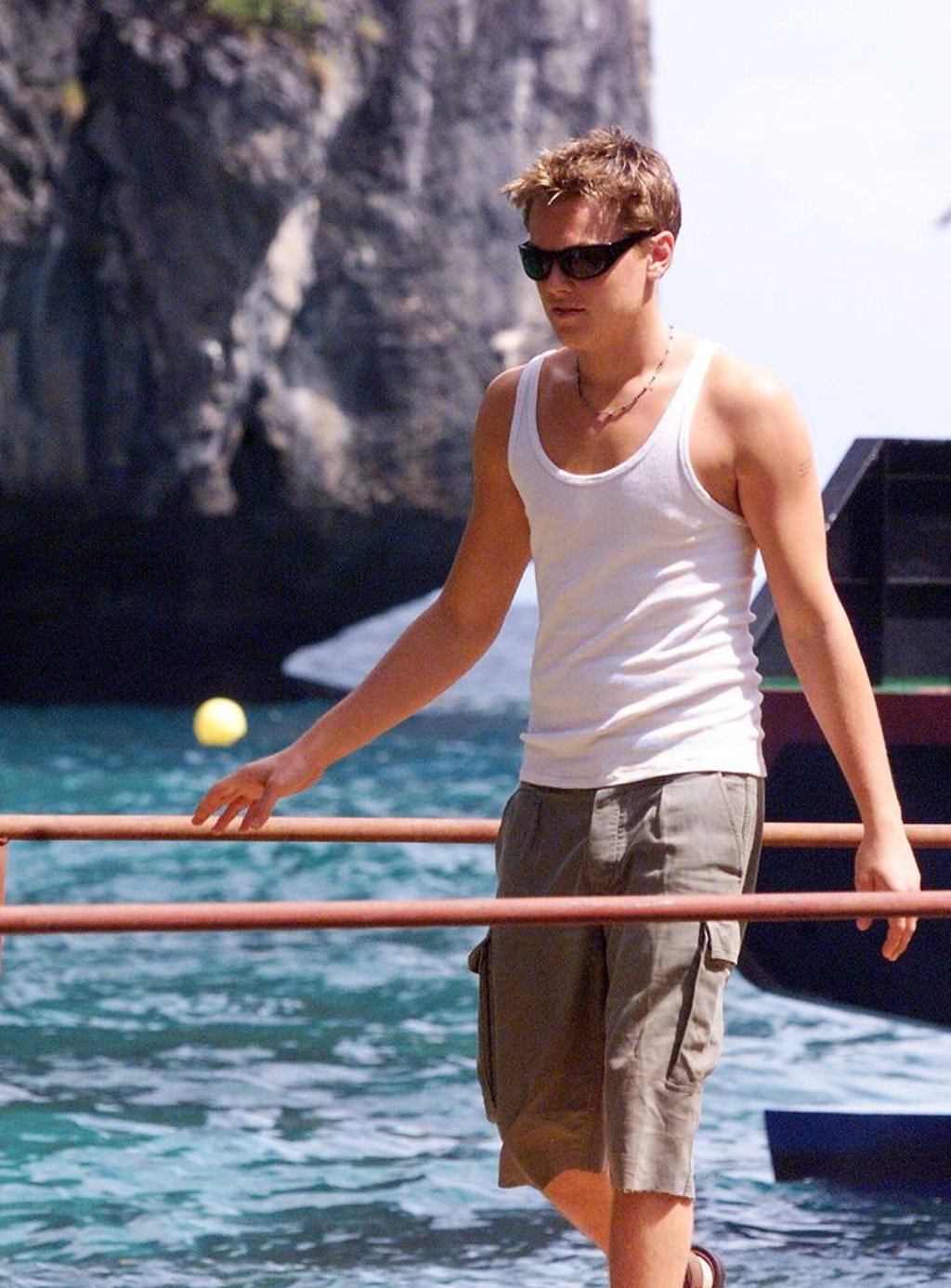
This has now become a common pattern for visitors coming to Phi Phi islands’ famous scenic spot on the Andaman Sea coast.
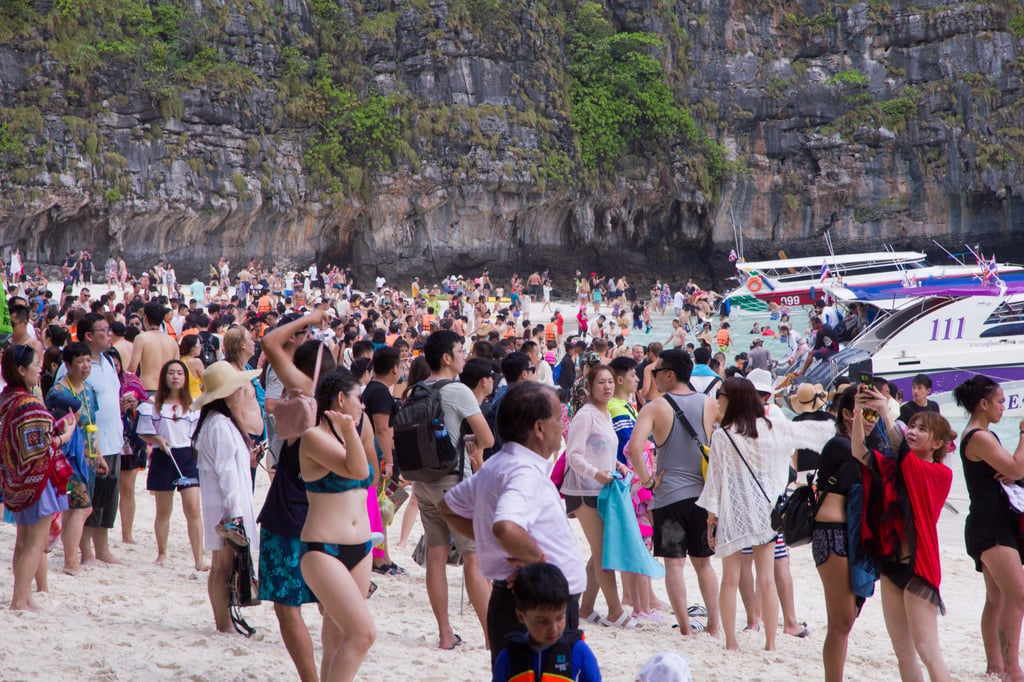
It’s hard to imagine that just five years ago, the beach was inundated with thousands of speedboats and tourists daily, leaving in their wake a trail of devastation on the coral reef and marine ecosystem, compelling authorities to make the difficult decision to close Maya Bay in mid-2018.
Then, the unexpected arrival of the Covid-19 pandemic also provided this place with a breather and allowed for the restoration of its marine environment.
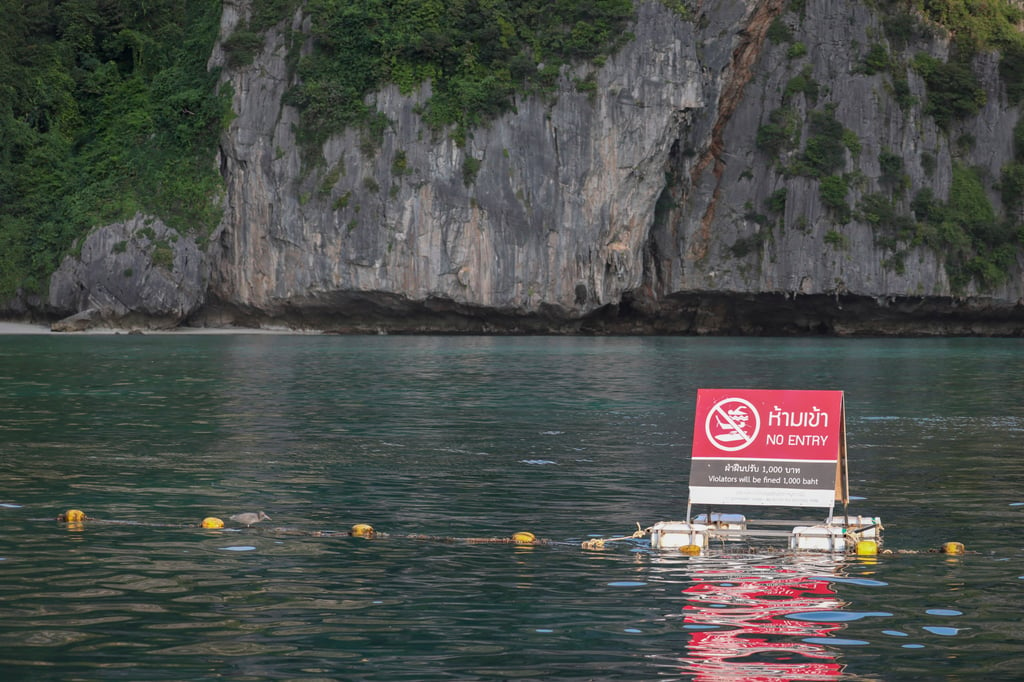
“It is one of the most successful marine actions in many years not only for Thailand but for the whole world,” Thon Thamrongnawasawat, deputy dean of the faculty of fisheries at Kasetsart University, said in a phone interview.
According to the marine biologist, under official management, the number of people entering Maya Bay beach has been reduced from around 7,000 per round to just 375, with strict limitations on their activities and length of stay on the island.
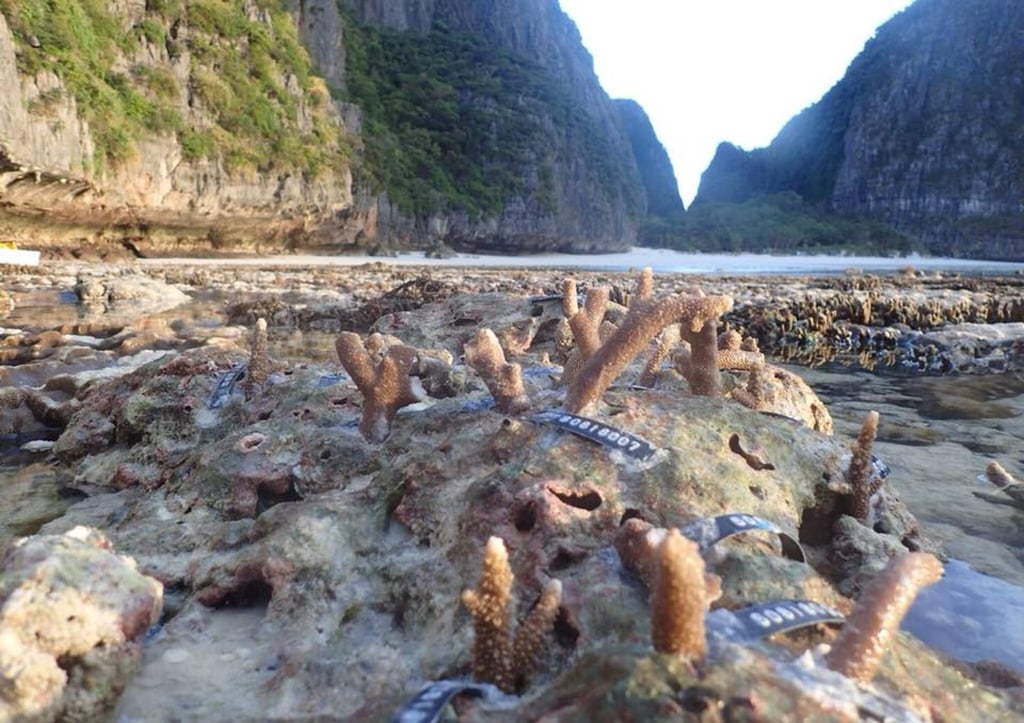
Tourists are only permitted into shallow waters and stand in a spot where the sea level is below their knees. Thon specifically emphasised this detail as a means of avoiding any disturbance to the coral’s delicate ecosystem.